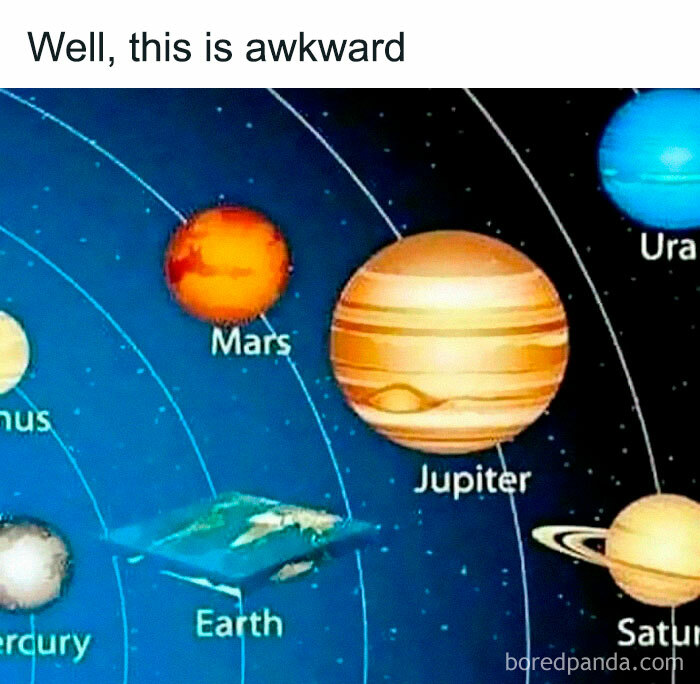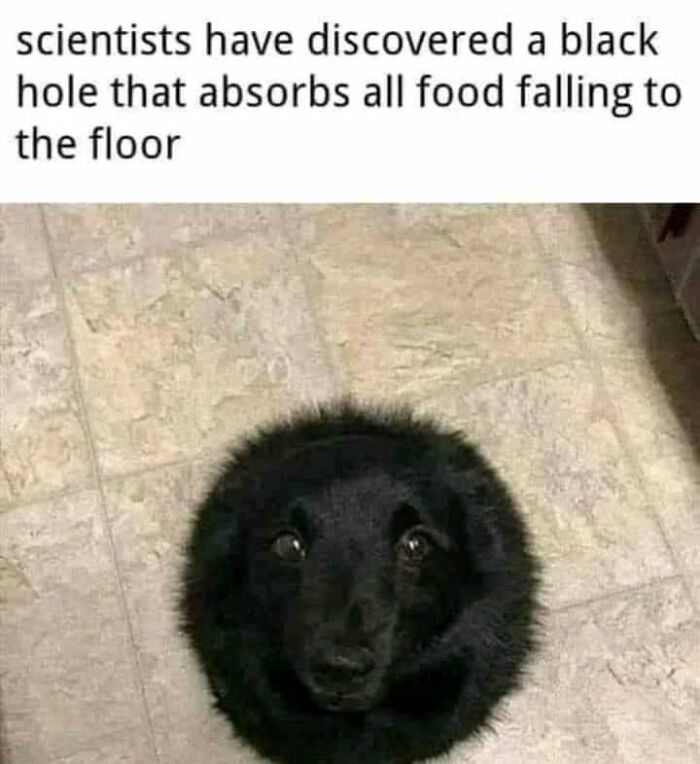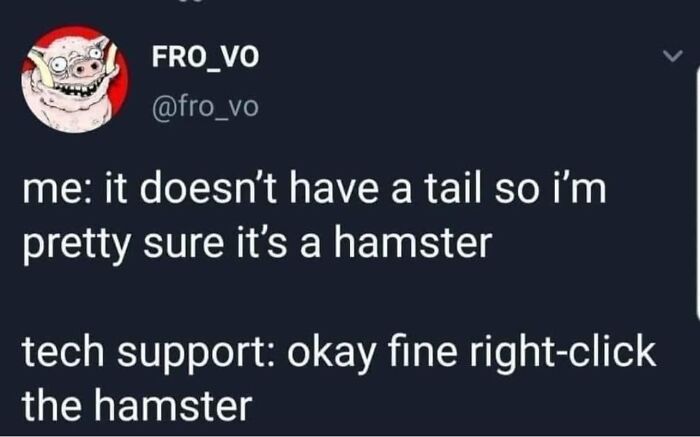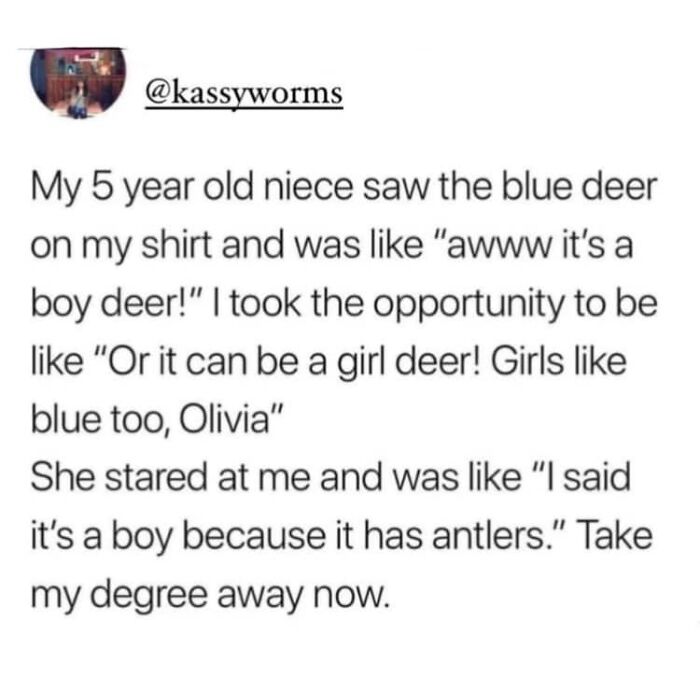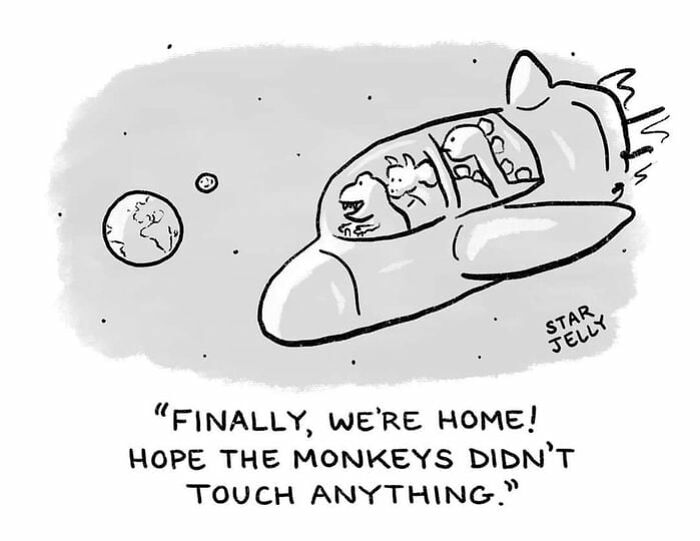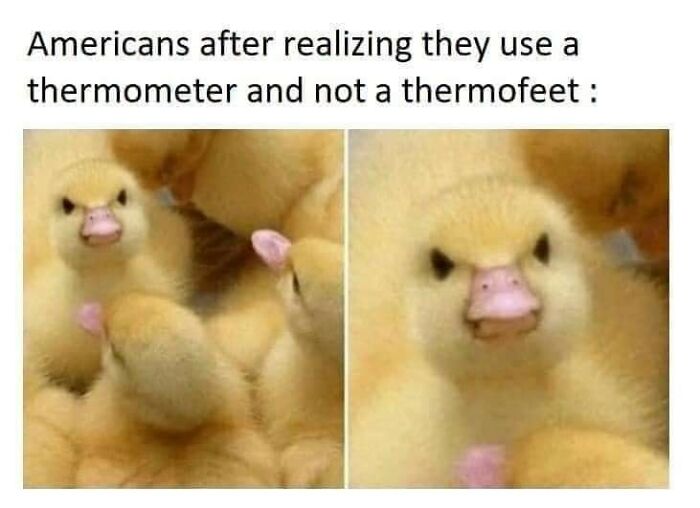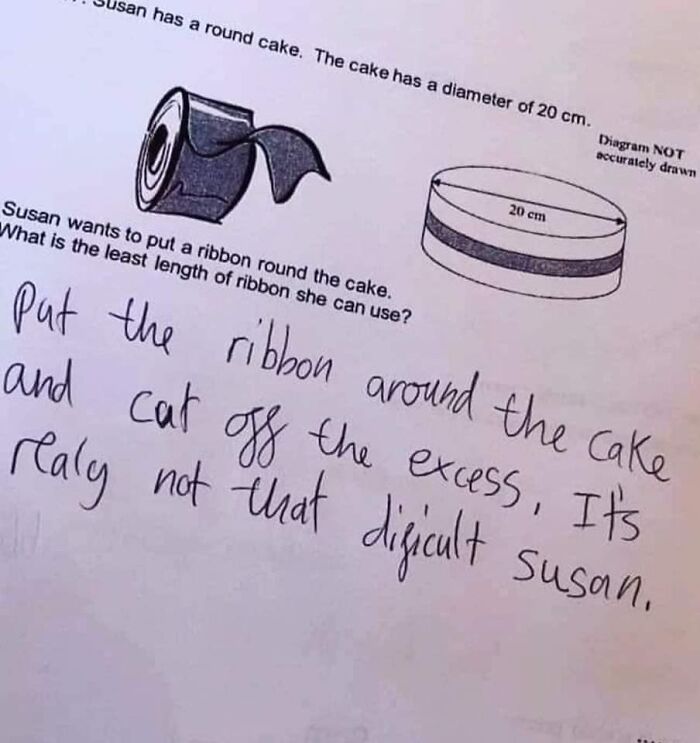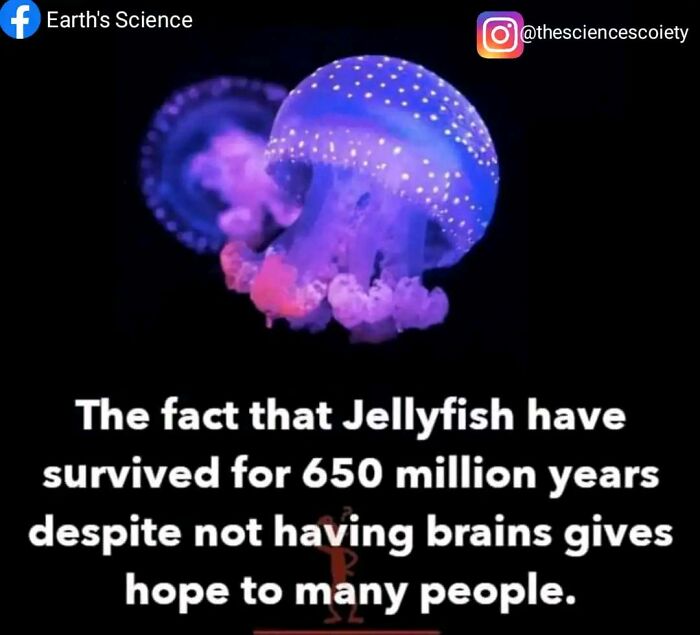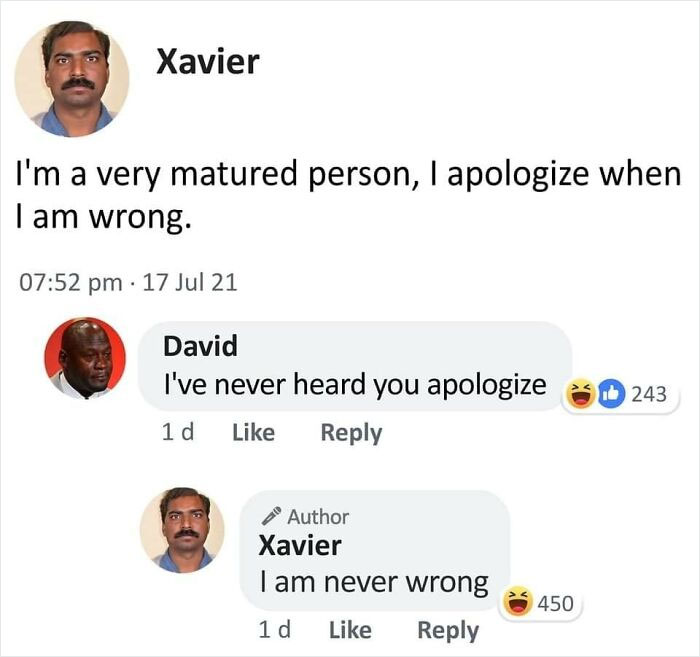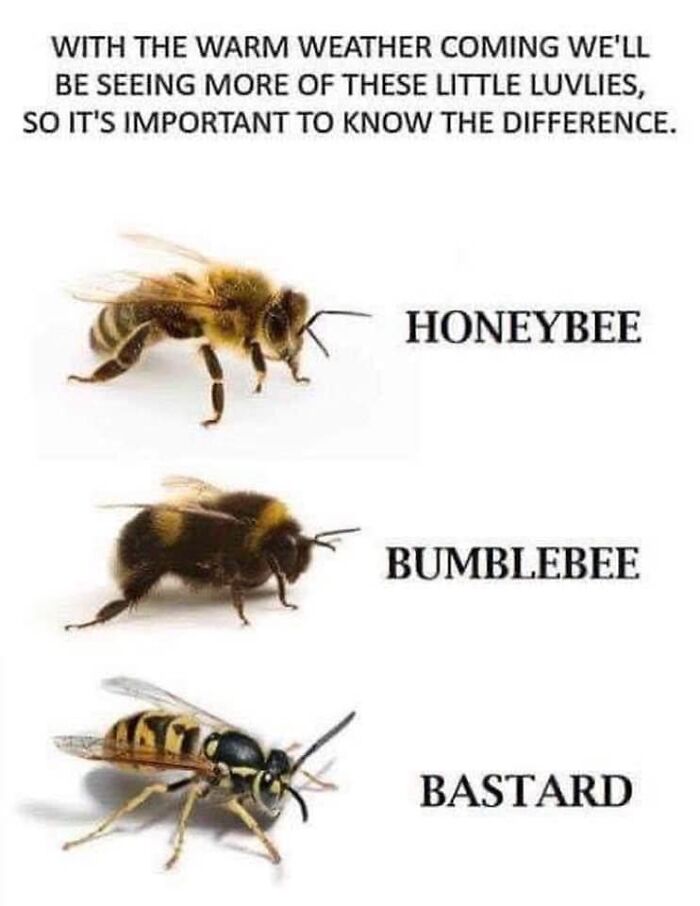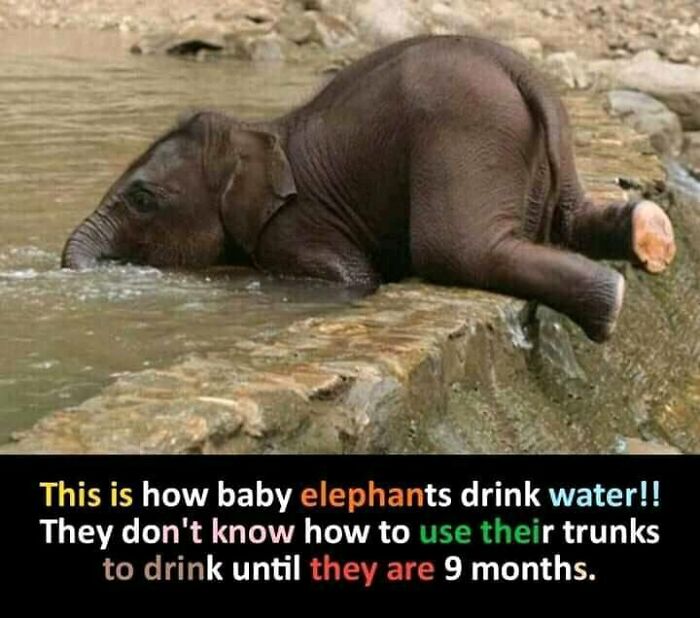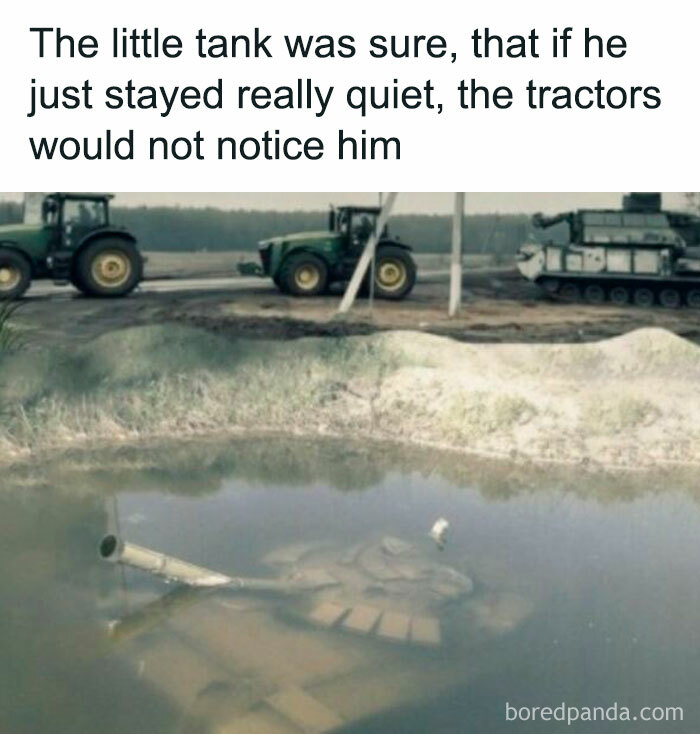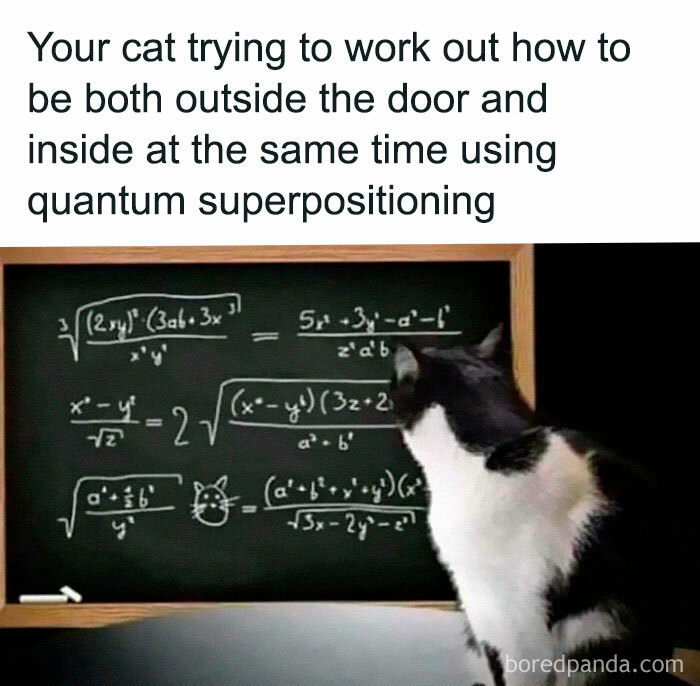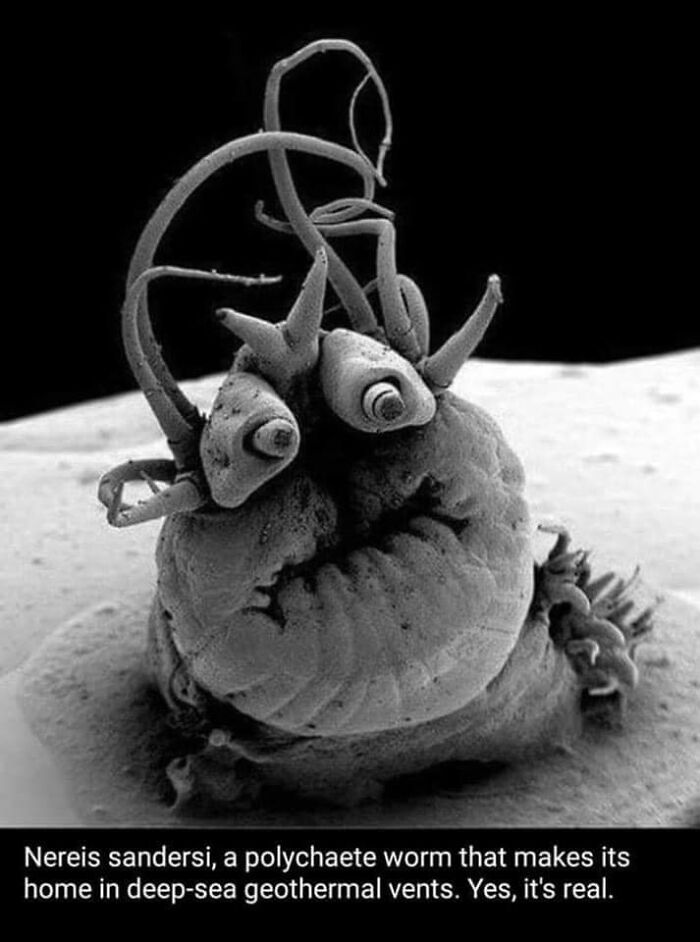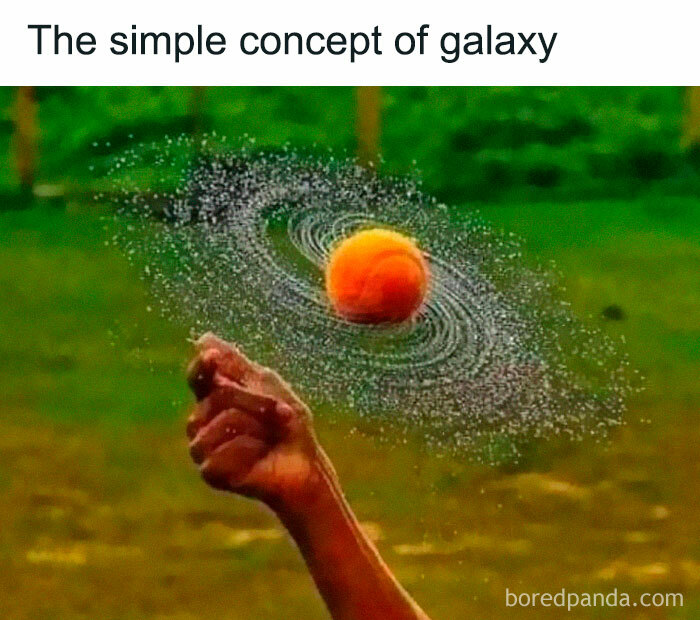If you glance at subjects like physics, chemistry, and even geography, they might seem boring. Just a bunch of numbers, equations, laws, and portraits of old men with crazy hairstyles and beards.
But if you take a deeper look, you will soon understand that there’s plenty of room for entertainment. And the Facebook group “Science Humour” is an excellent example of that.
Its 440K members post, as the group’s About section says, “the best science-related laughs, cartoons, puns, jokes, japes and antics,” so we decided to put this bold claim to the test and put together a collection of pictures we found in this fun little corner of the internet and let you be the judge.
Continue scrolling to check out the images!
#1
Image credits: Science Humour
#2
Image credits: Science Humour
If we were to take a scientific look at humor, at least as we understand it today, we’d see that it did not just randomly appear out of nowhere; according to Chris Robert, who received his Ph.D. from the University of Illinois in Industrial/Organizational Psychology, it is probably the result of millions of years of evolution.
“In its earliest forms, humor likely evolved from panting and grunting that occurred during non-serious fighting or other forms of play, or during social ‘down time’ among our ancient primate ancestors,” Robert wrote in Psychology Today.
“Although there was nobody there to document the events with their cell phone, or to upload the video to YouTube, we can extrapolate from similar sounds and behaviors observed among modern primates. Over time, these sounds likely evolved into more specialized vocal sounds that we might now recognize as early forms of laughter… Early hominids that could make those early laughter sounds, and those who had the mental capacity to distinguish between laughter and non-laughter sounds, likely benefitted from stronger bonds with other individuals within their group.”
#3
“She is Mary Ann Bevan who was known as the “ugliest woman in the world” but when you know her life you’ll call her the “most beautiful person in the world.” Marry Ann suffered from acromegaly due to which she had abnormal growth nd facial distortion. After the death of her husband, with no breadwinner in the house, accumulating debts and financial needs of her 4 children she decided to enter the humiliating contest and won the offensive title of “ugliest woman in the world” later she was hired by a circus, toured different cities where people came to laugh nd humiliate her. She endured the ridicule of others in order to raise her children nd give them a better quality of life. She died in 1933.
To this day, society judges people on their physical appearance, if our eyes could see souls instead of bodies, Mary Ann would have been the most beautiful woman in the world. “
Image credits: Science Humour
#4
Image credits: Science Humour
#5
Image credits: Science Humour
Robert suggests thinking of it like this: ‘funny’ primates or early hominids were those who could make sounds that communicated the message, ‘We’re safe and happy now: Everybody relax and pick some bugs off each other. Eat them if you’re hungry.’
“They could also identify those sounds when others in their social group made them, taking the context into account, and could respond appropriately,” he explained. “‘Non-funny’ primates didn’t pick up on the signals. They would get angry with others who were only trying to play, and might lash out inappropriately—this is not a good strategy for making friends or finding mates.”
#6
Image credits: Science Humour
#7
Image credits: Science Humour
#8
Image credits: Science Humour
#9
Image credits: Science Humour
In today’s world, these are the people at work you ‘accidentally’ forget to invite to a colleagues night out.
“Similarly, primates who mistook danger vocalizations for play vocalizations were the ones who let their guard down, showed up in the clearing with their rubber chicken and Groucho glasses, and became lunch for a prowling saber-toothed tiger.”
Becoming someone’s lunch makes it exceedingly difficult to pass on your genes. But those who could make and identify laughter sounds in others were probably more likely to reproduce and pass on genes too. Which helped their offspring create and/or distinguish between play and not-play sounds.
“Those with mutations that allowed them to make even better sounds, and detect the meaning of those sounds, were even more likely to form strong bonds, survive, and pass on their genes, and so on,” Robert added.
#10
Image credits: Science Humour
#11
Image credits: Science Humour
#12
Image credits: Science Humour
#13
bones of human
Image credits: Science Humour
Fast forward a million years and humor has developed in the human species as something much more subtle.
“At its core, humor involves the ability to detect and to create incongruities,” the psychologist said. “Among our ancient ancestors, the incongruity might have been between behavior that looked like fighting, but which was understood as non-serious or play behavior because it was accompanied by cues such as laugh-like sounds. But as our cognitive abilities have progressed, in parallel with language abilities, so too has our ability to create and appreciate more complex and sophisticated incongruities.”
#14
Image credits: Science Humour
#15
Image credits: Science Humour
#16
Image credits: Science Humour
#17
Image credits: Science Humour
Just as our ancient ancestors evolved to enjoy the simple play behaviors, early grunting-laughing sounds, and bonding that occurred throughout this process, we too still enjoy a good poop joke. Even though the humor that we appreciate tends to involve much more abstract and symbolic meaning than with physical play, the impact is no less real.
#18
Image credits: Science Humour
#19
Image credits: Science Humour
#20
Image credits: Science Humour
#21
“You know if you know. Can’t unheard it now.”
Image credits: Science Humour
“Humor as a form of play, even at higher levels of play with complex thoughts and ideas, is associated with positive emotions, and with positive feelings about individuals we are with when we experience that positive emotion,” Robert said.
“As my colleague [Wilbanks] and I have noted elsewhere, humor, positive emotions, and stronger interpersonal bonds operate in mutually reinforcing spirals that stimulate the production of humor, and seeking out individuals with whom we can laugh and feel closer.”
#22
Image credits: Science Humour
#23
Image credits: Science Humour
#24
Image credits: Science Humour
#25
Image credits: Science Humour
The interesting thing is that the highly abstract and symbolic nature of humor that we developed allows for many different forms of gags.
“Humor can build and destroy, strengthen and weaken, honor and besmirch, and perhaps all of these at the same time. This complexity is what makes it beautiful, and of interest to me, and I suspect to many other psychologists,” Robert explained.
And as we can see from these pictures, they’re not the only academics exploring the subject!
#26
Image credits: Science Humour
#27
Image credits: Science Humour
#28
Image credits: Science Humour
#29
Image credits: Science Humour
#30
Image credits: Science Humour
#31
Image credits: Science Humour
#32
Image credits: Science Humour
#33
Image credits: Science Humour
#34
Image credits: Science Humour
#35
Image credits: Science Humour
#36
Image credits: Science Humour
#37
Image credits: Science Humour
#38
Image credits: Science Humour
#39
Image credits: Science Humour
#40
Image credits: Science Humour
#41
Image credits: Science Humour
#42
Image credits: Science Humour
#43
Image credits: Science Humour
#44
Image credits: Science Humour
#45
Image credits: Science Humour
#46
Image credits: Science Humour
#47
Image credits: Science Humour
#48
Image credits: Science Humour
#49
Image credits: Science Humour
#50
Image credits: Science Humour
Go to Source
Author: Ilona Baliūnaitė



